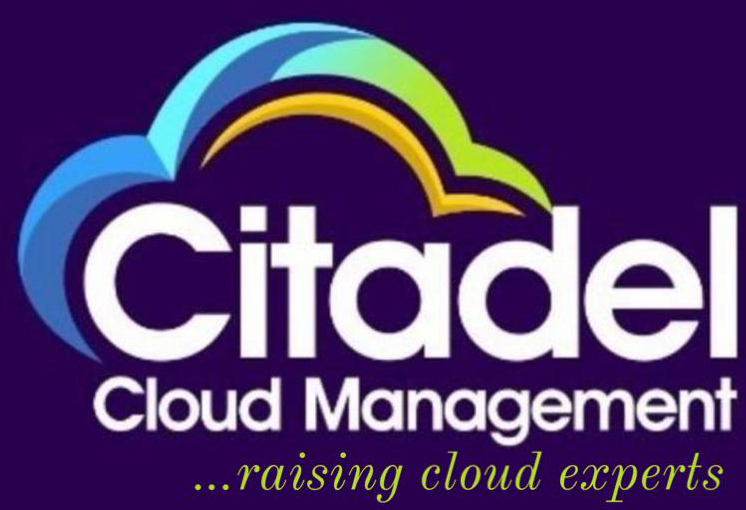Table of Contents:
- Introduction to Data Warehousing in Healthcare
- The Role of Data Warehousing in Patient Care
- Data Warehousing in Medical Research
- Key Components of Healthcare Data Warehouses
- Data Integration and Interoperability Challenges
- Privacy and Security in Healthcare Data Warehousing
- Benefits of Data Warehousing for Healthcare Providers
- Case Studies: Successful Applications of Data Warehousing in Healthcare
- Emerging Trends and Future of Data Warehousing in Healthcare
- Conclusion
1. Introduction to Data Warehousing in Healthcare
Elaboration:
Data warehousing in healthcare involves the process of storing large volumes of healthcare-related data in a centralized repository. This data comes from various sources, such as electronic health records (EHR), laboratory systems, clinical trials, and administrative records. Data warehouses facilitate advanced analytics, improving decision-making, patient outcomes, and operational efficiencies.
Resources:
2. The Role of Data Warehousing in Patient Care
Elaboration:
Data warehousing enhances patient care by consolidating data from multiple sources, allowing healthcare providers to view comprehensive patient histories, identify trends, and make data-driven decisions. This can lead to early diagnoses, personalized treatment plans, and overall better patient outcomes.
Resources:
- How Data Warehousing Helps Patient Care – HIMSS
- The Impact of Data Analytics in Patient Care – Journal of Healthcare Management
3. Data Warehousing in Medical Research
Elaboration:
Medical research benefits from data warehousing by allowing researchers to access large, diverse datasets from various clinical and research studies. This access facilitates more robust research, faster identification of trends, and better clinical trials. Data warehouses support epidemiological studies, genetic research, and drug discovery.
Resources:
- The Role of Big Data in Medical Research – National Institutes of Health (NIH)
- Data Warehousing and Research – Journal of Research and Practice in Information Technology
4. Key Components of Healthcare Data Warehouses
Elaboration:
Healthcare data warehouses consist of several critical components, including:
- Data Sources: EHR, claims data, sensors, and wearables.
- ETL (Extract, Transform, Load): Process that cleans and integrates raw data from various sources.
- Data Storage: Where the data is stored, typically in cloud-based or on-premise servers.
- Analytics and Reporting Tools: Tools that help healthcare professionals analyze data and generate reports.
Resources:
- Data Warehousing Architecture – Data Warehouse Concepts
- Healthcare Data Architecture – Microsoft Azure
5. Data Integration and Interoperability Challenges
Elaboration:
Integrating data from diverse healthcare systems can be challenging due to issues related to standardization, data formats, and interoperability. Ensuring seamless data exchange between systems like EHR, lab results, and pharmacy systems is crucial for a functional data warehouse.
Resources:
- Challenges of Healthcare Data Integration – Healthcare IT News
- Interoperability in Healthcare – Office of the National Coordinator for Health IT
6. Privacy and Security in Healthcare Data Warehousing
Elaboration:
Due to the sensitive nature of healthcare data, privacy and security are paramount in data warehousing. Compliance with regulations like HIPAA (Health Insurance Portability and Accountability Act) and GDPR (General Data Protection Regulation) is essential. Advanced encryption and access control mechanisms are used to protect patient data from breaches.
Resources:
- HIPAA and Healthcare Data Security – U.S. Department of Health & Human Services
- GDPR for Healthcare – European Commission
7. Benefits of Data Warehousing for Healthcare Providers
Elaboration:
Healthcare providers benefit from data warehousing by achieving better operational efficiencies, reducing errors, enhancing clinical decision-making, improving patient satisfaction, and ultimately cutting down healthcare costs. Predictive analytics can also help prevent hospital readmissions and improve treatment outcomes.
Resources:
- The Benefits of Data Analytics in Healthcare – McKinsey & Company
- How Data Warehousing Improves Healthcare – Healthcare Data Warehousing
8. Case Studies: Successful Applications of Data Warehousing in Healthcare
Elaboration:
There are several case studies of healthcare organizations leveraging data warehousing. For example, large hospital networks have successfully used data warehouses to integrate patient information and improve care coordination. Similarly, healthcare providers use predictive analytics to manage chronic diseases and prevent complications.
Resources:
- Case Studies in Healthcare Data Warehousing – Healthcare Information and Management Systems Society (HIMSS)
- Healthcare Case Studies – IBM Healthcare
9. Emerging Trends and Future of Data Warehousing in Healthcare
Elaboration:
Emerging trends include the integration of AI and machine learning in data warehousing for healthcare. These technologies can help predict patient outcomes, personalize treatments, and provide more accurate diagnoses. Furthermore, the shift to cloud-based solutions and increased use of real-time data analytics will redefine healthcare data management.
Resources:
- Future of Data Warehousing in Healthcare – Forbes
- Cloud Computing and AI in Healthcare – Deloitte Insights
10. Conclusion
Elaboration:
Data warehousing is transforming healthcare by improving patient care, enabling groundbreaking research, and increasing operational efficiencies. As technology continues to evolve, healthcare organizations that leverage data effectively will be better positioned to provide high-quality care and foster innovation in medical research.
Resources:
- The Future of Healthcare Data – Healthcare Data Management
- Emerging Trends in Healthcare IT – Healthcare IT News
This structure should give a comprehensive overview of the role of data warehousing in healthcare and its implications for patient care and medical research. Each section provides a deep dive into the various aspects, complete with resources to explore further.

